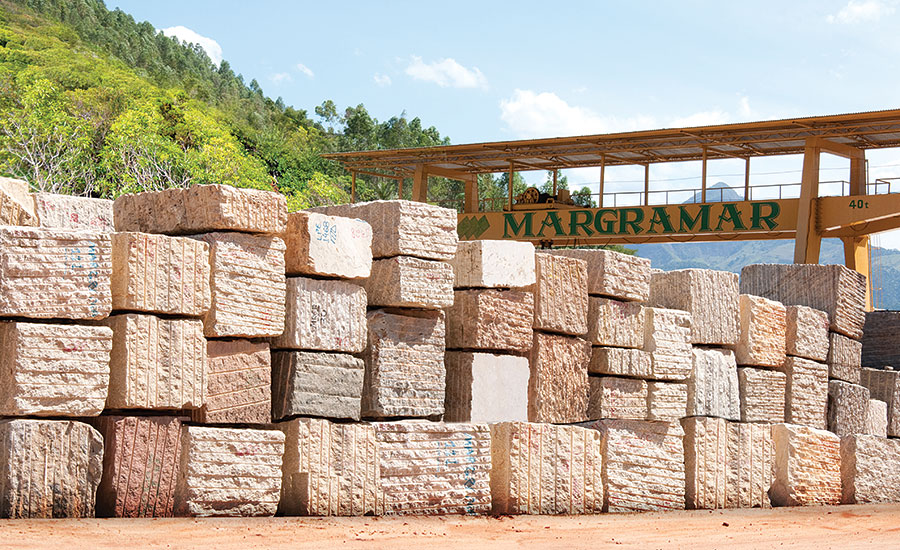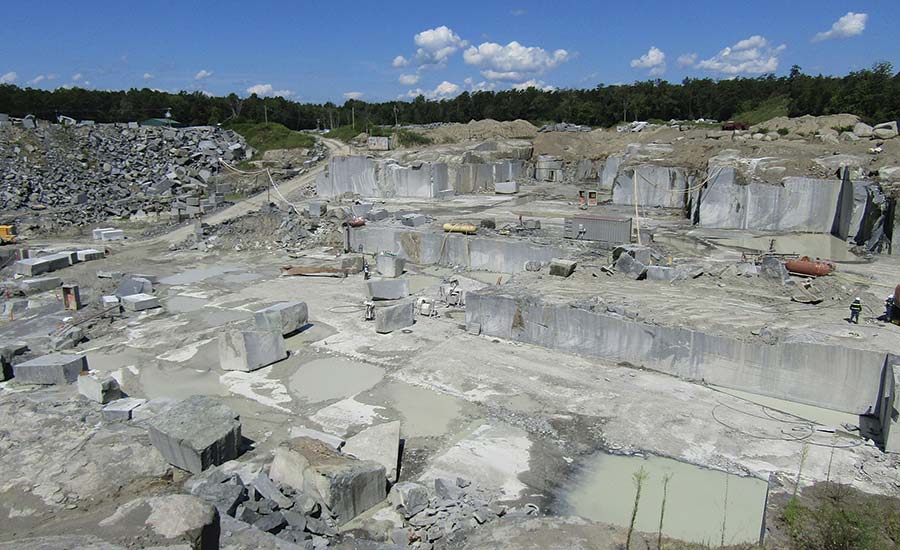Revealing the Mysteries of Granite Quarrying: Where Toughness and Elegance Meet
The world of granite quarrying is a world where the raw toughness of nature merges with human artistry to produce frameworks that stand the examination of time with an air of elegance. From the depths of quarries to the precise sprucing up in workshops, the procedure of changing granite into architectural marvels is a complicated dance of custom and technology. As we peer into the depths of this ancient craft, we begin to uncover the concealed ins and outs that form the really significance of our built environment.
The Origins of Granite Quarrying
In the annals of architectural history, the origins of granite quarrying are shrouded in a tapestry of ancient craftsmanship and geological marvels. Dating back to ancient Egypt and Mesopotamia, the extraction of granite from quarries marked the start of a trip that would eventually lead to the creation of some of the world's most iconic structures.
Granite quarrying's origins can be mapped to the skilled craftsmens that identified the rock's longevity and visual charm. With a combination of primitive tools and sheer determination, these very early quarry employees discovered granite blocks that would certainly come to be the structure blocks of worlds.
As worlds evolved, so did the techniques of quarrying granite. The Romans, renowned for their design prowess, created advanced approaches for extracting granite to create monuments, temples, and roads that stood the test of time.
The tradition of these old quarrying techniques proceeds to form modern architecture, with granite continuing to be a sign of stamina and elegance in building and construction tasks around the globe. (granite quarries in south africa)
Tools of the Quarrying Profession
The development of granite quarrying techniques from old worlds to modern times highlights the critical duty played by the tools of the quarrying sell shaping the industry's methods. In ancient times, quarrying devices were simple, frequently being composed of blades, hammers, and wedges made from products like bronze or iron. These tools required considerable manpower and time to essence granite blocks from quarries.

Furthermore, the introduction of pneumatic tools and high-powered machinery has actually dramatically reduced the physical labor called for in quarrying procedures, boosting employee security and efficiency. As the quarrying market remains to innovate, the devices of the profession remain at the forefront of driving progression and forming the future of granite removal.
Drawing Out Blocks of Granite
Utilizing accuracy machinery and progressed methods, the extraction her comment is here of granite obstructs from quarries has ended up being a sophisticated procedure in the modern quarrying sector. Managed blowing up methods are after that employed to damage apart the granite into convenient sections.

Polishing and Ending Up Methods
To accomplish a flawless surface area on granite blocks, competent artisans utilize a series of thorough polishing and ending up methods. After the initial removal and shaping procedures, the granite blocks undertake an extensive polishing phase to boost their natural beauty and toughness. One common approach used in brightening granite is diamond abrasion, where commercial diamonds are utilized to grind and brighten the stone to a smooth coating. This process not just creates a shiny surface area but additionally ensures harmony in shade and texture throughout the granite block.
In addition to sprucing up, ending up techniques are put on additional fine-tune the granite's look. These strategies may include flaming, developing, or cleaning, each offering one-of-a-kind textures and finishes to suit different aesthetic choices. Flaming, for circumstances, entails revealing the granite surface area to high temperatures to create a rough, textured finish, suitable for outside applications where slip-resistance is necessary. Sharpening, on the various other hand, gives a matte coating that is smooth to the touch, perfect for indoor countertops and flooring. By carefully selecting and applying these brightening and ending up strategies, click for info craftsmens can change raw granite obstructs right into charming items that showcase both stamina and beauty.

Ecological Effect and Sustainability
With the expanding emphasis on ecological awareness in the market, granite quarrying techniques are increasingly inspected for their influence on natural sources and long-term sustainability. Quarrying for granite can have considerable ecological implications. The extraction procedure often includes the usage of heavy machinery, dynamites, and huge amounts of water, resulting in environment devastation, soil erosion, and water contamination. In addition, the transportation of granite from quarries to processing facilities produces carbon exhausts, further contributing to environmental destruction. granite quarries in south africa.
To minimize these influences and ensure sustainability in granite quarrying, industry stakeholders are adopting various measures. Executing advanced technologies to decrease energy consumption and water usage, reclaiming quarried land for ecological restoration, and promoting liable sourcing methods are some techniques being employed. Moreover, accreditations such as the Woodland Stewardship Council (FSC) and the Management in Energy and Environmental Layout (LEED) assistance customers determine eco-friendly granite items.
Verdict
To conclude, granite quarrying is a procedure that needs specialized tools and strategies to extract blocks of granite and brighten them to a high level of coating. While the environmental influence of quarrying can be considerable, initiatives are being made to enhance sustainability practices in the market. Overall, granite quarrying is a fragile balance between harnessing the stamina and elegance of this natural rock while reducing its influence on the environment.